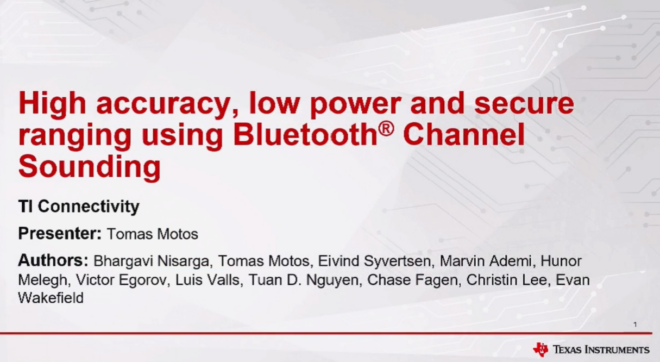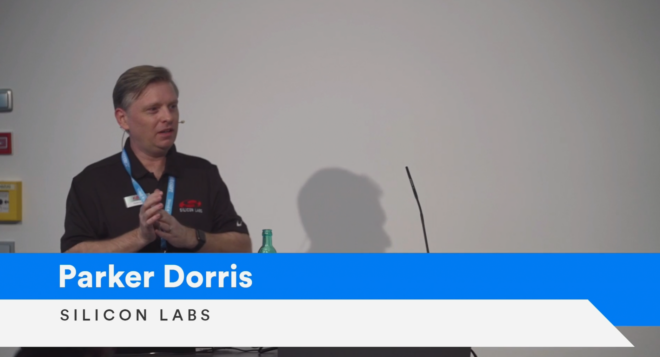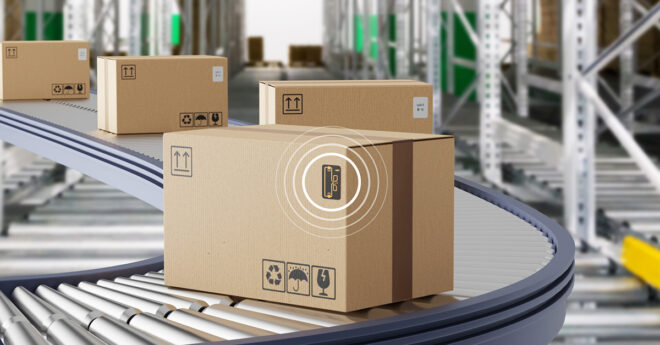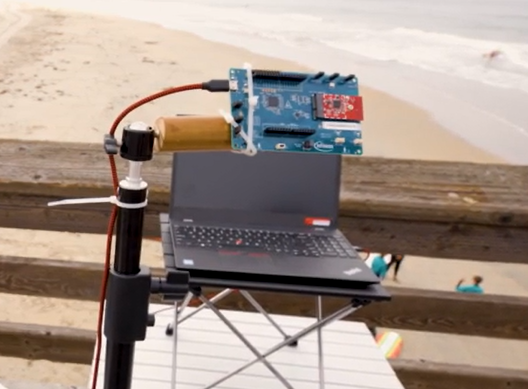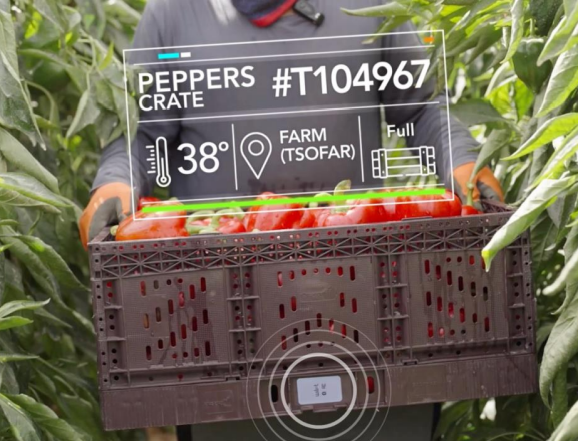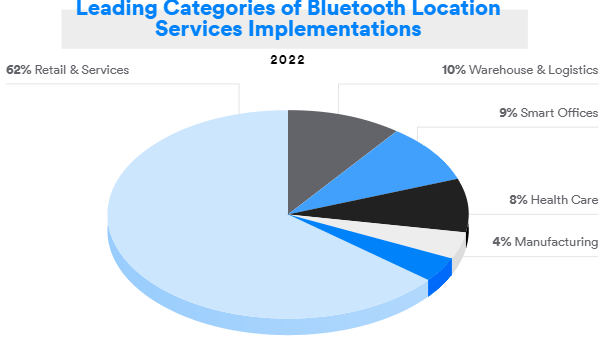The Ambient IoT describes the segment of the Internet of Things (IoT) encompassing connected devices that harvest energy from ambient sources (e.g., light, heat, or radio waves), convert it to electrical energy, and use it to either self-power or to extend their battery life. Examples of end applications fitting the Ambient IoT segment today include tags, labels, and/or sensing nodes for asset tracking, real-time location, and smart home control.
The Relevance of Ambient IoT
The Ambient IoT is gaining popularity as public interest in technologies with a positive environmental or social impact grows. The idea of ambient-powered electronics with zero battery waste, requiring minimal maintenance, providing convenience and intelligence for industries and consumers, and reducing the cost of ownership over the lifetime of a product is highly attractive from multiple standpoints. Nevertheless, what truly makes the Ambient IoT relevant today is that critical building blocks to harvest energy from the environment, manage the energy efficiently, and build ultra-low power wireless networks are becoming commercially practical, leading to real Ambient IoT products that can work reliably.
Bluetooth Technology and the Ambient IoT
Bluetooth® Low Energy is naturally suited for Ambient IoT applications due to its low power, high-efficiency essence.
Bluetooth® Low Energy (LE) is naturally suited for Ambient IoT applications due to its low power, high-efficiency essence. Moreover, the introduction of capabilities like PHYs for higher throughput or longer range, mesh networking support, direction finding, and others have broadened the scope of use cases that Bluetooth technology can address in Ambient IoT solutions. Combining that with the tendencies of size and cost minimization of Bluetooth ICs in the industry, you get that the Ambient IoT is recognized today as a key growth vector for Bluetooth quantified with a TAM (total addressable market) of one trillion units of shipments as noted in the 2023 Bluetooth Market Update. Bluetooth technology and the Ambient IoT are a perfect match for each other.
Infineon Believes in the Ambient IoT
With 20+ years in the Bluetooth® market, Infineon believes in the potential of the Ambient IoT to expand Bluetooth demand and use cases and to accelerate decarbonization and digitalization through ambient-powered solutions. In line with that, Infineon is collaborating with Ambient Photonics and e-Peas, innovative leaders in indoor light energy harvesting PV cells and ambient energy management ICs, respectively, to validate and prototype the design of an ambient-powered Bluetooth remote control built around a Bluetooth MCU from Infineon.
The impact of ambient-powered remote controls could be substantial. A Q3 2023 market research report from TechInsights indicates that global shipments of smart TVs and digital media streaming devices added up to approximately 1.3 billion units from 2019 to 2023. Assuming all of these included traditional remote controls powered from two AAA alkaline batteries, and that users have had to replace batteries every six months, during this period ambient-powered remote controls could have prevented the use and residual management (or mismanagement) of almost 14 billion alkaline AAA batteries. Looking towards the future, ambient-powered remote controls could be a significant step towards sustainability in the smart home and towards decarbonization efforts.
![]()
NEW MARKET RESEARCH
The Ambient IoT – The Emergence of a New Class of Bluetooth® IoT Devices
This report defines the Ambient IoT, outlines targeted use cases, and highlights the next steps needed to capitalize on the Ambient IoT opportunity. It also explains the central role of Bluetooth® technology in addressing Ambient IoT use cases, characterized by its low power consumption, low cost, flexibility, interoperability, and scalability.
Ambient-Powered Bluetooth Remote Control
The basic idea behind the ambient-powered remote control design (omitting ambient-powered from here on for simplicity) is to integrate three key components that leverage core technologies and expertise from each collaborating partner in the project: An indoor light solar cell from Ambient Photonics, an ambient energy management IC from e-Peas, and an ultra-low power Bluetooth® MCU from Infineon. Figure 1 shows the high-level system diagram of the design.
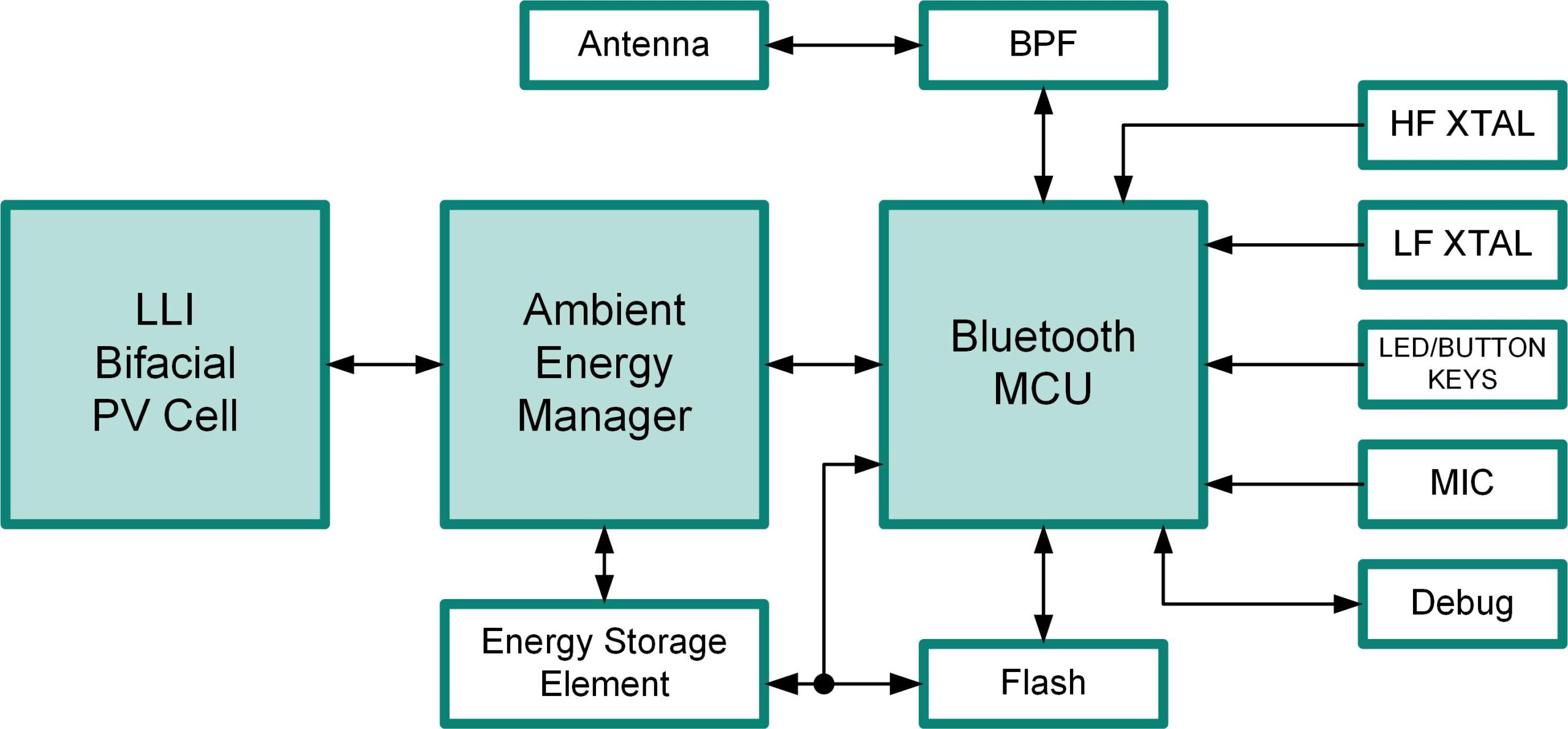
Indoor Light Solar Cell
Indoor light is captured with a low-light indoor (LLI) bi-facial photovoltaic (PV) cell based on patented, dye-sensitized solar cell technology from Ambient Photonics that enables ambient energy harvesting in an efficient manner. These cells produce three times more power than traditional Si-based solar cells, and their higher power density is optimal for low-drain applications like remote controls. With such an energy source, there is no need for a battery chamber which makes the remote sleek, small, and lightweight.
Ambient Energy Manager IC
The energy captured with the solar cell is transformed and supplied to the remote control unit by the AEM00940 ambient energy manager IC from e-Peas. The AEM00940 is targeted to harvest energy from PV sources having a fixed voltage range over the lighting range, meaning that the impedance of the source is quasi proportional to the light level. With a single PV element, the AEM00940 starts working from a low voltage level and boosts it to the storage element with high efficiency, reaching and generating a regulated output of 3V to power up the rest of the system. The AEM00940 provides protection against under- and over-voltage situations, ensuring that the storage element operates in safe conditions.
The supply source architecture stores several joules of energy to support application requirements. The supply source is provided with a level of pre-charge that allows the AEM00940 to cold start the first time. Once started, the AEM00940 performs continuous charging of the storage element.
Bluetooth Low Energy MCU
Control, computing, and wireless communication functions in the system are enabled by the CYW20829 Bluetooth® MCU from Infineon. The CYW20829 is a high-performance, ultra-low power, and secure MCU compliant with the latest version (v5.4) of the Bluetooth Core Specification. It is optimal for Bluetooth LE HID applications like remotes and keyboards.
The CYW20829 is configured to remain in deep-sleep power mode most of the time to minimize energy consumption. The application runs on freeRTOS with multiple tasks handling Bluetooth, KeyScan, and battery monitoring. The Bluetooth task initializes the stack, GATT DB, and starts the advertisement service. The KeyScan task detects the key event, such as press/release, maps it to the HID report map, and sends it to the TV via a Bluetooth notification. The battery monitoring task is used to monitor battery voltage periodically and calculate battery life.
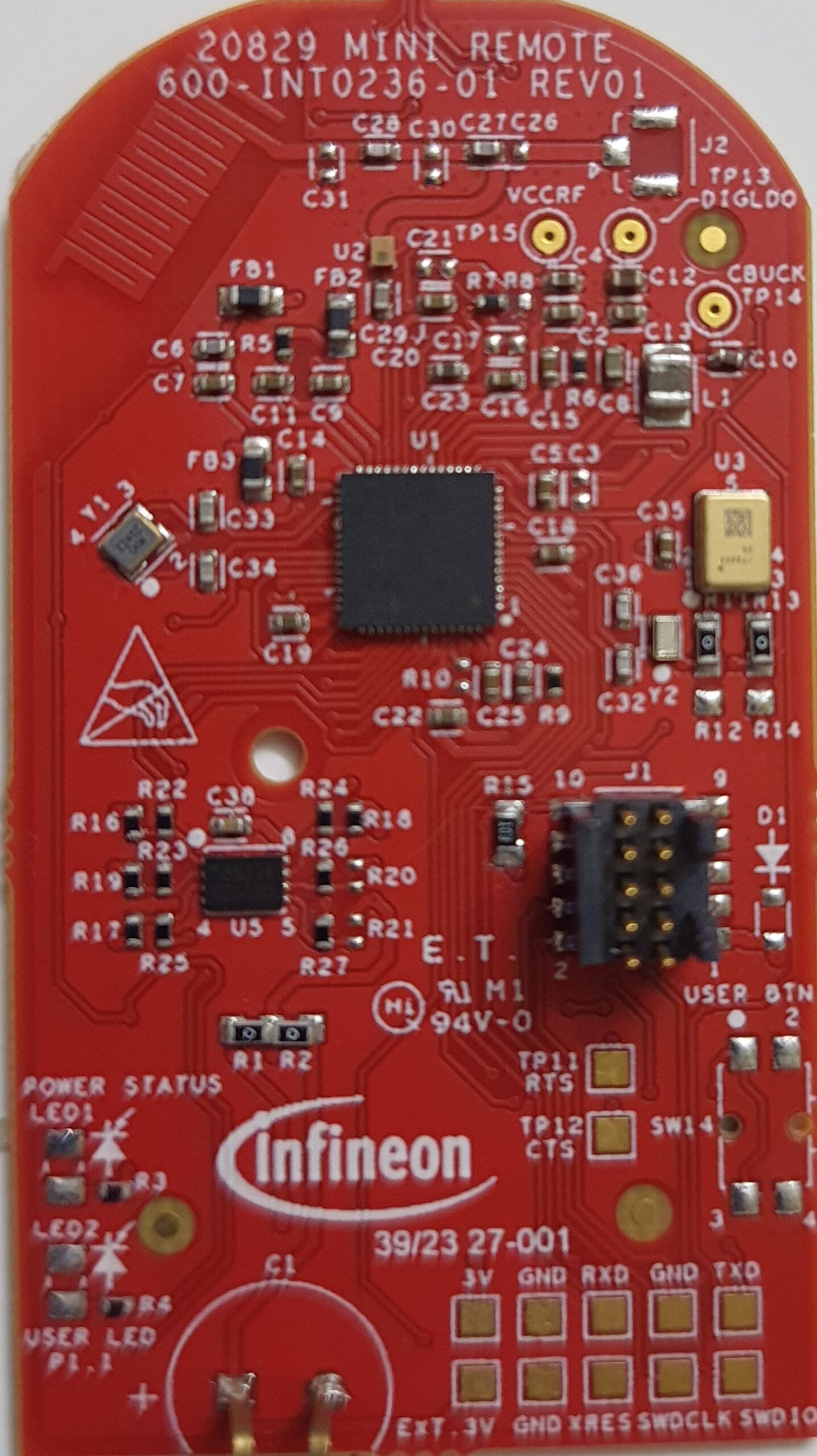
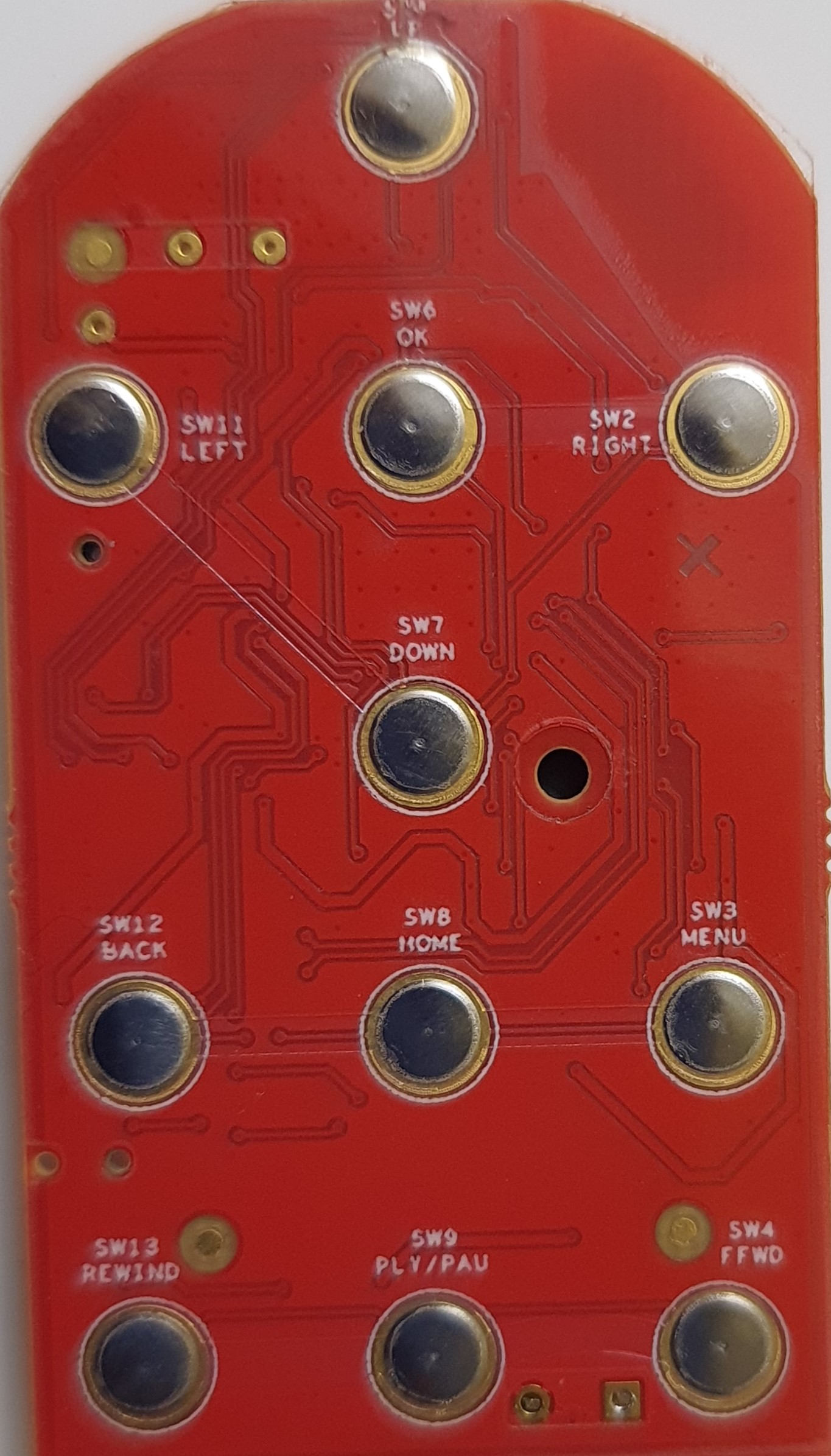
Design Prototype
To validate the concept, mechanical and functional prototypes of the design have been built. Figure 2 shows the remote control PCB with the Bluetooth® MCU and required external components. The full remote control prototype encased in its plastics can be seen in Figure 3. For testing, the remote control was paired to an Android TV, and the functions outlined in Figure 4 were checked.
The functionality of the design has been verified and debugged in the lab. To showcase the results, a working demo of the project was presented at Infineon’s 2023 OktoberTech™ tradeshow in Silicon Valley.
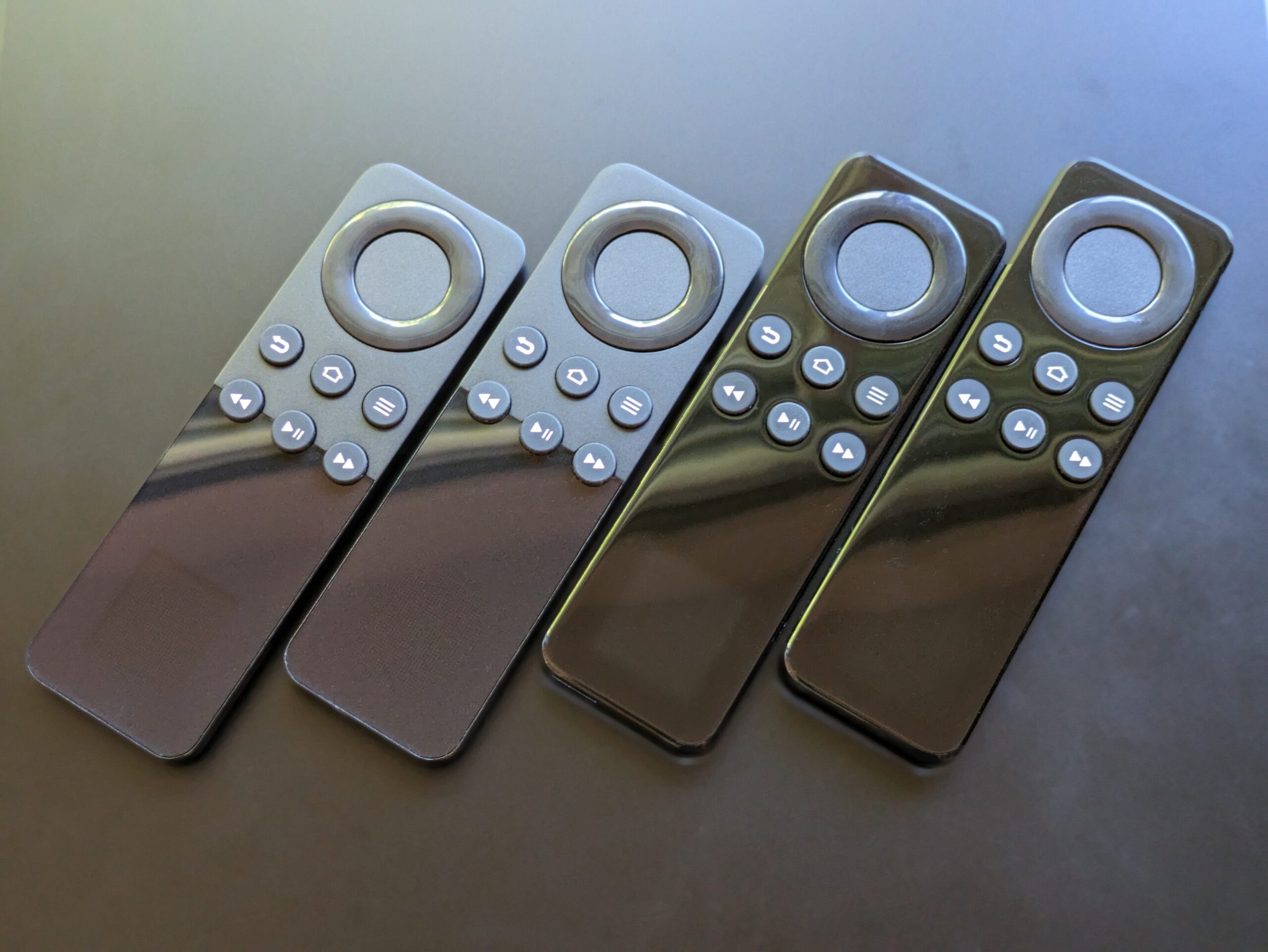
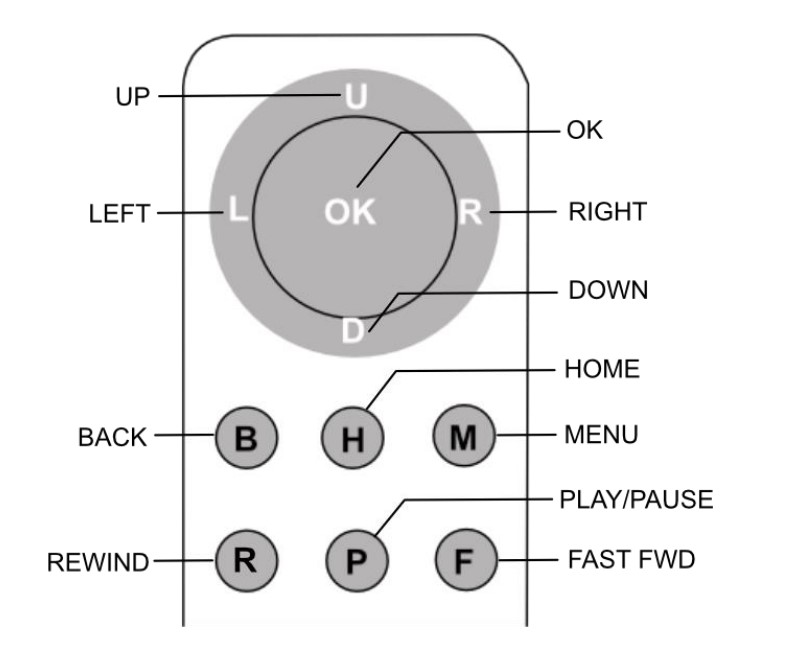
What’s Next?
The Ambient IoT is relevant, attractive, and practical. With Bluetooth® LE at the core, it has enormous potential to drive new applications and use cases, commercial success, sustainability in the smart home, and decarbonization. To accelerate the ramp up and adoption of the Ambient IoT, partnerships and collaborations to leverage technologies and expertise will be key, as evidenced by the project presented in this article. We look forward to seeing conventional remote controls replaced by ambient-powered Bluetooth remote control solutions very soon!
![]()
NEW MARKET RESEARCH
The Ambient IoT – The Emergence of a New Class of Bluetooth® IoT Devices
This report defines the Ambient IoT, outlines targeted use cases, and highlights the next steps needed to capitalize on the Ambient IoT opportunity. It also explains the central role of Bluetooth® technology in addressing Ambient IoT use cases, characterized by its low power consumption, low cost, flexibility, interoperability, and scalability.
アンビエントIoTは周囲の光、熱、電波などのエネルギーを電力に変換して、デバイスの電源とバッテリーの長寿命化に使用するコネクテッドデバイスを指します。アンビエントIoTの活用例には、資産追跡、リアルタイム位置情報、スマートホーム制御に使用するタグ、ラベル、センサノードなどがあります。
アンビエントIoTの重要性
アンビエントIoTは、環境や社会の要請に合致した技術に対する関心の高まりとともに注目を集めています。周囲の環境から電力を得ることで、バッテリー廃棄物を出さず、保守は最小限で済むと同時に、企業や消費者に利便性とインテリジェンスを提供します。さらに製品寿命全体にわたる所有コストも削減できるなど、さまざまな意味で非常に魅力的です。とはいうものの、アンビエントIoTが今日において真に重要なものとなっている理由は、環境発電、効率的なエネルギー運用、超低消費電力の無線ネットワークの構築といった、アンビエントIoTに必須の構成要素が商業的な実用化の段階を迎え、高い信頼性を持つ本当の意味でのアンビエントIoT製品の実現が可能になったことにあります。
Bluetooth技術とアンビエントIoT
Bluetooth®︎ Low Energy (LE)は、その低消費電力・高効率という特徴から、本質的にアンビエントIoTに適しています。さらに、スループットの向上や通信距離の拡大が図れる各種PHY、メッシュネットワークへの対応、方向検知などの機能の登場で、アンビエントIoTソリューションにおけるBluetooth技術のユースケースの範囲も広がっています。Bluetooth ICのサイズとコストの縮小傾向も相まって、現在アンビエントIoTはBluetoothの主要成長分野となっており、そのTAM(獲得可能な最大市場規模)は2023年版Bluetooth®︎市場動向によると、出荷台数1兆台の規模に上ります。Bluetooth技術とアンビエントIoTは、互いに完璧な組み合わせなのです。
アンビエントIoTのポテンシャルを確信するInfineon
Bluetooth®︎市場で20年以上の経験を持つInfineonは、アンビエントIoTがBluetoothの需要とユースケースを拡大し、環境発電ソリューションを通じて脱炭素化とデジタル化を加速していくと確信しています。その確信に沿って、Infineonはそれぞれ室内照明の環境発電用太陽電池と環境発電管理ICの革新的な先進企業であるAmbient Photonicsおよびe-Peasと共同で、InfineonのBluetooth MCUを中心として構築され、環境発電を電源とするBluetoothリモコンの設計の検証とプロトタイプ開発を進めています。
環境発電駆動型リモコンがもたらす影響は、かなり大きなものとなる可能性があります。TechInsightsの2023年第3四半期市場調査レポートによると、スマートテレビやデジタルメディアストリーミング機器の世界的な出荷台数は、2019年から2023年の期間で累計約13億台に上ります。そのすべてに単4アルカリ電池2本を使用する従来のリモコンが付随し、半年ごとに電池交換が必要であると推定すると、この期間に環境発電駆動型リモコンが使用されていた場合には、140億個近くの単4アルカリ電池の消費と適切な(または不適切な)処分管理が防げたかもしれません。将来的に、環境発電駆動型リモコンは、スマートホームにおけるサステナビリティや脱炭素化に向けた大きな一歩となる可能性があります。
環境発電駆動型Bluetoothリモコン
環境発電駆動型リモコン(以下、簡潔にするため「環境発電駆動型」を省略)の設計における基本コンセプトは、本プロジェクトの協力パートナーがそれぞれ持つ中核的テクノロジーや専門性を活用した3つの主な構成部品、すなわちAmbient Photonicsの屋内用太陽電池、e-Peasの環境発電管理IC、そしてInfineonの超低消費電力Bluetooth®︎ MCUの統合にあります。図1は、設計のシステム概要図を示しています。
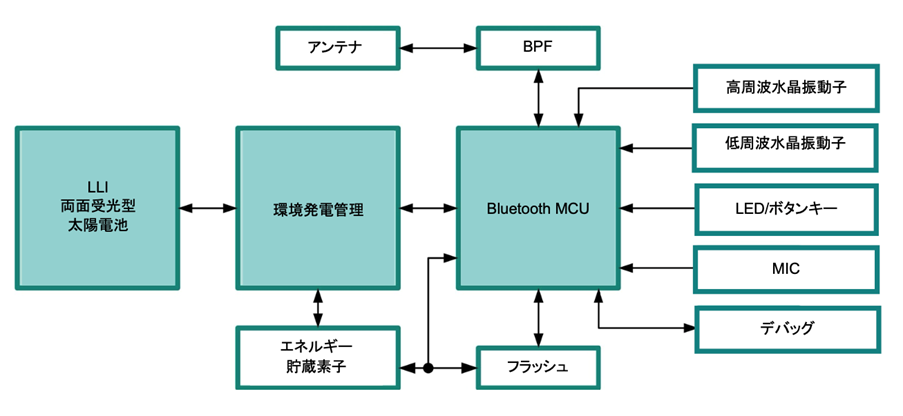
屋内用太陽電池
屋内の光をとらえるのは、Ambient Photonicsが特許を取得している色素増感太陽電池技術に基づいたLLI(Low-Light Indoor、低照度屋内)用両面受光型太陽電池で、効率的な環境発電を可能にします。この太陽電池は従来のシリコンベースの太陽電池に比べて3倍の発電能力があり、そのより高い電力密度は、リモコンのように電力消費の少ない用途に最適です。電池室が不要となるため、リモコンをすっきりと小型かつ軽量化できます。
環境発電管理IC
太陽電池でとらえられたエネルギーは、e-Peasの環境発電管理ICであるAEM00940によって変換され、リモコンに供給されます。AEM00940は照度範囲に対して一定の電圧範囲を持つ太陽光発電による環境発電を用途とするため、電源のインピーダンスは照度にほぼ比例します。AEM00940は単一のPV素子によって低い電圧レベルから稼働を始め、それをブーストして高い効率で貯蔵素子へと送り、3Vの安定化出力電圧に達してから、残りのシステムの電源を入れます。AEM0094には電圧不足・過電圧に対する保護機能があり、貯蔵素子が安全な状態で動作できることを保証します。
供給源アーキテクチャは、アプリケーション要件に対応するため、数ジュールのエネルギーを貯蔵します。供給源はあらかじめある程度充電されているため、AEM00940は初回のコールドスタートが可能です。いったん起動すると、AEM00940は貯蔵素子の充電を継続的に行います。
Bluetooth Low Energy (LE) MCU
システムの制御、コンピューティング、無線通信の各機能はInfineonのBluetooth® MCUであるCYW20829が担います。CYW20829はBluetoothコア仕様の最新バージョンであるv5.4に準拠した高性能、超低消費電力、セキュアなMCUで、リモコンやキーボードなどのBluetooth LEのHIDアプリケーションに適しています。
CYW20829は、エネルギー消費を最小限に抑えるため、ほぼ常時にわたりディープスリープモードを保つよう設定されています。アプリケーションはfreeRTOS上で動作し、Bluetooth、KeyScan、バッテリー監視など複数のタスクを実行します。BluetoothタスクはGATTデータベースのスタックを初期化し、アドバタイズメントサービスを開始します。KeyScanタスクはキーを押す/放すなどのキーイベントを検出し、HIDレポートマップにマッピングして、Bluetooth通知を通じてテレビに送ります。バッテリー管理タスクは、定期的に電池の電圧を監視し、電池寿命を計算するために使用されます。

図2 – Bluetoothリモコンの基板

設計プロトタイプ
コンセプトを検証するため、この設計の機械的・機能的プロトタイプが作成されました。図2はBluetooth®︎ MCUおよび必要な外部コンポーネントを搭載したリモコンのPCBを示しています。図3はプラスティック製の筐体に収められたリモコンの完全なプロトタイプです。テストではリモコンをAndroid TVとペアリングし、図4に概要を示した機能の確認が行われました。
本設計の機能はラボ施設で確認され、デバッグが行われました。その結果を披露するため、本プロジェクトの実際の機能展示が、シリコンバレーで開催されたInfineonの2023年OktoberTech™見本市で行われました。

図3 – 環境発電駆動型Bluetoothリモコンのプロトタイプ
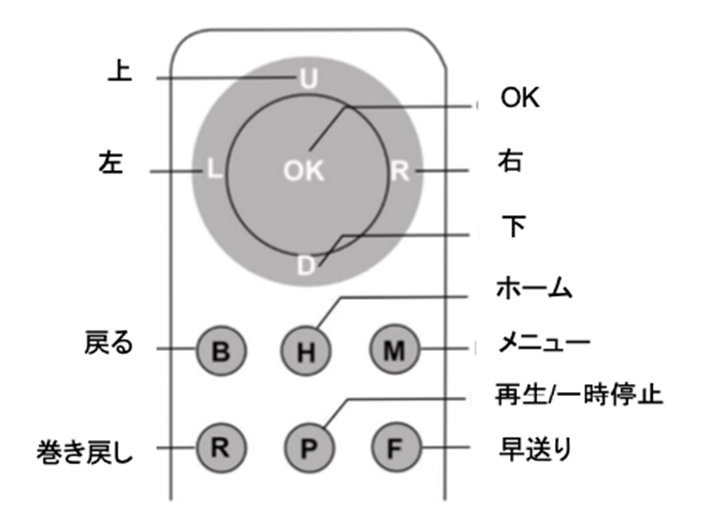
今後の予定
アンビエントIoTには今日的な意義があり、魅力的かつ実用的です。Bluetooth®︎ LEを中心に据えることで、アンビエントIoTは、新しいアプリケーションやユースケース、商業的な成功、スマートホームにおけるサステナビリティと脱炭素化を推進する大きなポテンシャルを備えます。アンビエントIoTの拡大と採用には、本稿でご紹介したプロジェクトが示しているように、各種技術と専門性を活用するためのパートナーシップや協力が鍵を握ります。間もなく、環境発電型Bluetoothリモコンが従来のリモコンに取って代わる日が来ることを楽しみにしています。

![Forbes Predictions article 72 dpi 1300 x 680 px 768x402[1]](https://www.bluetooth.com/wp-content/uploads/2024/04/Forbes-Predictions-article-72-dpi-1300-x-680-px-768x4021-1-660x345.png)
